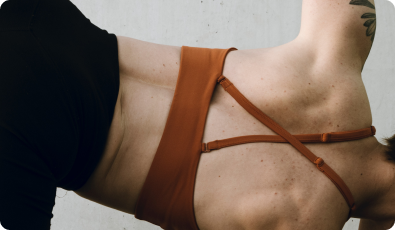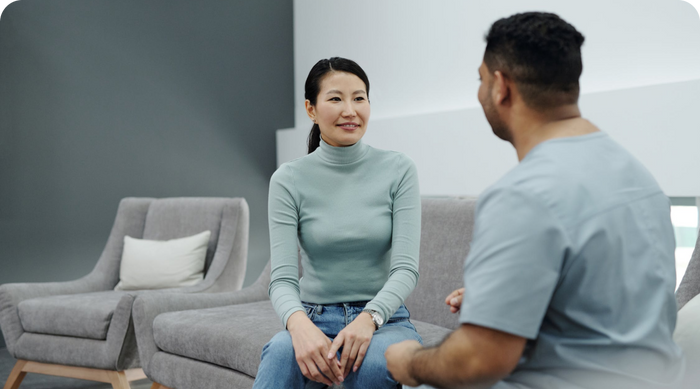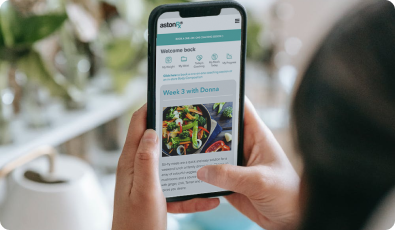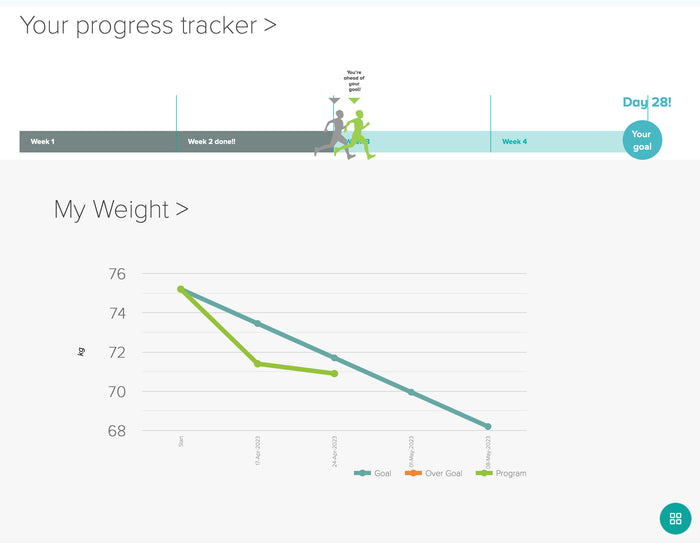Many lower body strength programs overlook a crucial muscle group: the glutes. Despite being pivotal for leg day power, a surprising number of people struggle to activate their glutes effectively.
While some manage heavy glute-focused exercises like hip thrusts and squats, they often find it challenging to contract their glutes voluntarily. This difficulty can lead to compensatory actions from the lower back and hamstrings.
Understanding the Anatomy and Function of the Glutes
The gluteal muscles comprise three primary muscles:
- Gluteus Maximus: This largest muscle is responsible for powerful hip extension and external hip rotation.
- Gluteus Medius: Located on the lateral side, its main functions include hip abduction, external rotation, and crucially, stabilizing the pelvis during weight-bearing movements.
- Gluteus Minimus: The smallest of the trio, it supports the actions of the glute medius in hip abduction and external rotation.
The Importance of Strong Glutes
- Hip and Knee Stability: They help stabilise these joints, reducing strain on other muscles like the quads and hamstrings, and providing support to the spine.
- Power and Performance: The glutes are particularly rich in fast-twitch muscle fibres, crucial for explosive movements like sprinting, jumping, and weightlifting.
- Injury Prevention: Well-developed glutes contribute to good posture, reducing the risk of lower back and knee pain caused by muscle imbalances.
Understanding Weak Glutes
Various lifestyle factors and workout routines can contribute to weak glutes:
- Sedentary Lifestyle: Prolonged sitting leads to inactive glutes and can cause "lower cross syndrome," where hip flexors become tight and glutes weaken.
- Improper Exercise Form: Many workout routines fail to target the glutes effectively, relying instead on stronger muscle groups like the quads and hamstrings.
Testing Your Glute Strength
Here are a few simple tests to assess your glute strength:
- Single-leg Bridge Test: Hold a single-leg bridge for more than 30 seconds without hamstrings cramping or pelvis dropping.
- Single-Leg Squat Test: Perform a single-leg squat to at least 90 degrees without knee valgus (collapsing inwards) or loss of balance.
- Prone Hip Extension Test: Lie on your stomach and lift each leg off the ground without cramping or lower back pain.
Strengthening Your Glutes
To build strong glutes, prioritise compound exercises like squats, deadlifts, and lunges. These movements should form the core of your lower body workouts. Before heavy lifting, consider warming up with hip activation drills such as banded side-steps and bridges.
Focus on exercises that target glute activation:
- Glute Max Exercises: Hip thrusts, lunges, and squats are excellent for activating the gluteus maximus.
- Glute Medius Exercises: Include side planks and hip abductions to strengthen the gluteus medius.
Ensure progressive overload in your training regimen by gradually increasing intensity or volume over time. This approach ensures consistent muscle gains and prevents plateaus.
In summary
The glutes are crucial for overall health and athletic performance, yet often undertrained and weak. By understanding their anatomy, identifying common weaknesses, and implementing targeted training strategies, you can develop stronger glutes that enhance your physical capabilities and reduce injury risk.
Test your glute strength today and integrate effective glute-focused exercises into your routine for better performance, strength gains, and overall fitness.
























